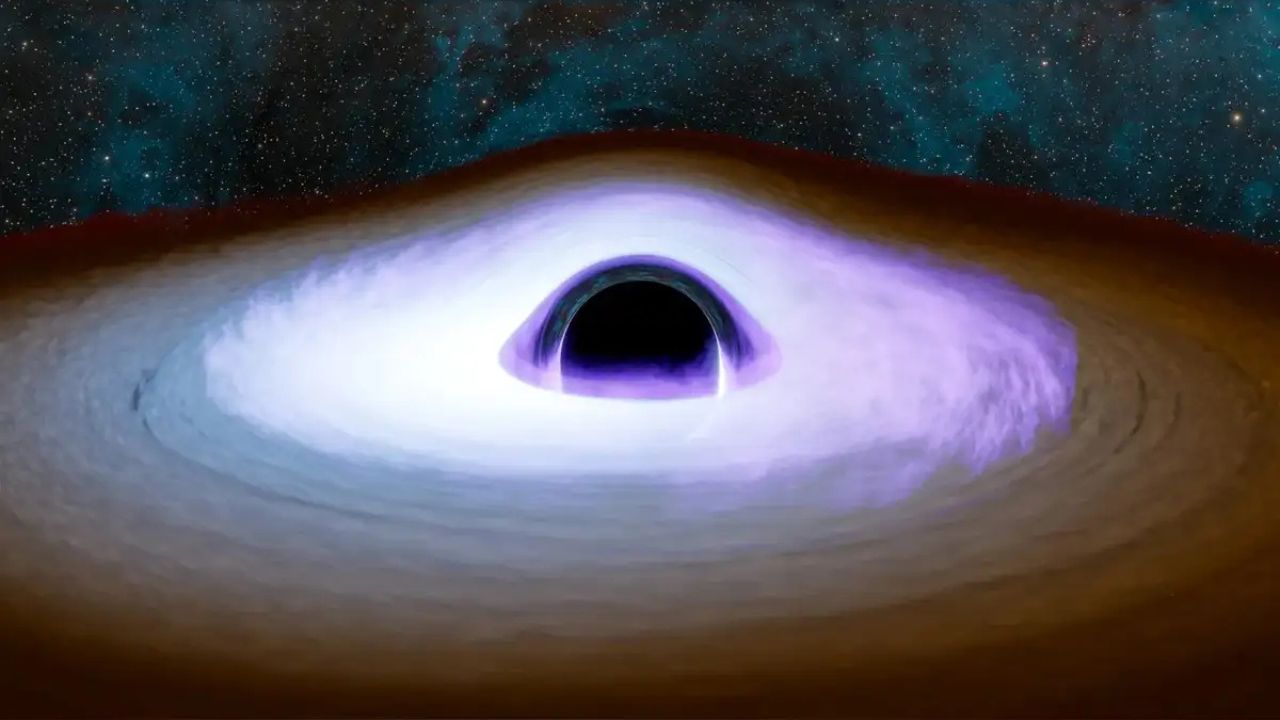
Scientists have recently traced enigmatic “heartbeat” signals to a black hole located 1,000 light-years from Earth. These rhythmic emissions, reminiscent of a cosmic heartbeat, offer intriguing insights into the behavior and characteristics of black holes. The discovery sheds light on the dynamic processes occurring in these mysterious regions of space and raises new questions about their nature.
The Discovery of Cosmic “Heartbeats”

The “heartbeat” signals are a fascinating subject of study, characterized by their rhythmic and periodic nature. Detected through fluctuations in electromagnetic waves, these signals help scientists understand the complex processes happening around black holes. Such patterns have been compared to a heart beating, offering a unique way to think about these otherwise silent giants. The discovery of these signals is significant, as it provides a new method to probe black holes, potentially unveiling secrets about their structure and behavior.
Advanced technology played a crucial role in detecting these signals. Radio telescopes, such as the Very Large Array and the European Southern Observatory, were instrumental in capturing the faint emissions from the black hole. These sophisticated instruments, combined with data from X-ray observatories, enabled astronomers to isolate the signals from background noise effectively. The integration of various observational tools allowed for a comprehensive analysis, enhancing our understanding of these cosmic phenomena.
Initial reactions from the scientific community have been enthusiastic yet cautious. Some researchers speculate that the signals might originate from the interaction of matter within the accretion disk, while others suggest they could be linked to magnetic field disturbances. Despite these differing interpretations, there is a consensus that these findings could significantly impact our understanding of black hole dynamics. The signals’ regularity and persistence also raise intriguing questions about the mechanisms driving these cosmic phenomena.
Understanding Black Hole Behavior
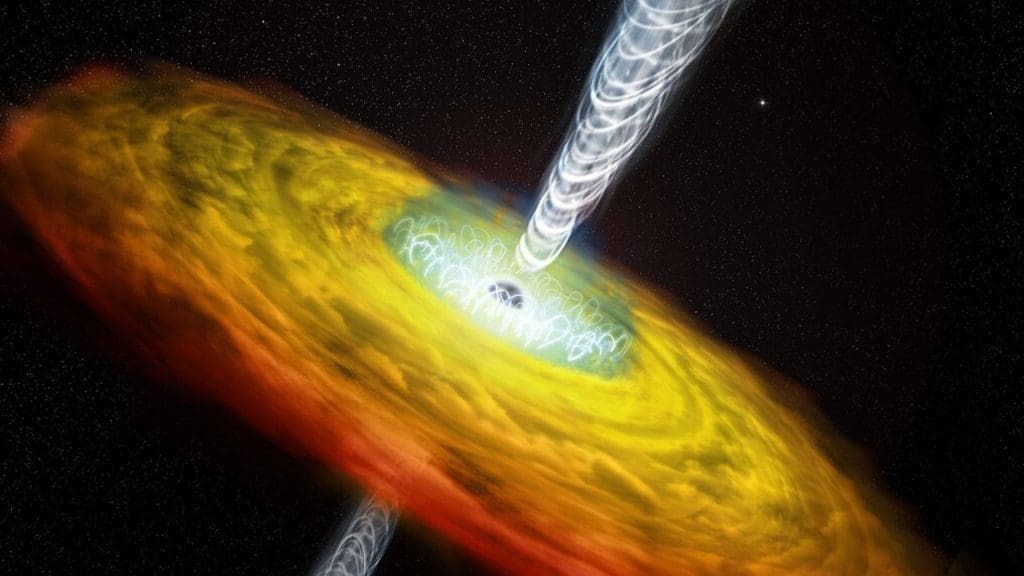
The discovery of “heartbeat” signals offers new insights into the behavior of matter around black holes, particularly in relation to accretion disks and jet formations. These disks, composed of swirling gas and dust, are critical in the feeding processes of black holes. The rhythmic signals could be indicative of matter being pulled into the black hole or ejected in the form of powerful jets. Understanding these processes is vital for comprehending the energy dynamics and growth of black holes over time.
Magnetic fields are believed to play a crucial role in shaping the signals emitted by black holes. These fields can influence the movement of charged particles within the accretion disk, potentially generating the observed “heartbeat” patterns. The interaction between magnetic fields and matter could also explain the formation of jets, which are often seen emanating from the poles of black holes. Further research into these interactions could provide valuable insights into the fundamental nature of black holes and their impact on surrounding environments.
Comparing the newly discovered signals with previously known black hole emissions reveals both similarities and differences. While many black holes exhibit variable emissions, the periodicity of these “heartbeat” signals sets them apart. This regularity could offer clues about the underlying mechanisms driving black hole activity. By examining these signals in conjunction with other types of emissions, scientists can develop a more comprehensive picture of black hole behavior and its implications for the broader cosmos.
Implications for Astrophysics
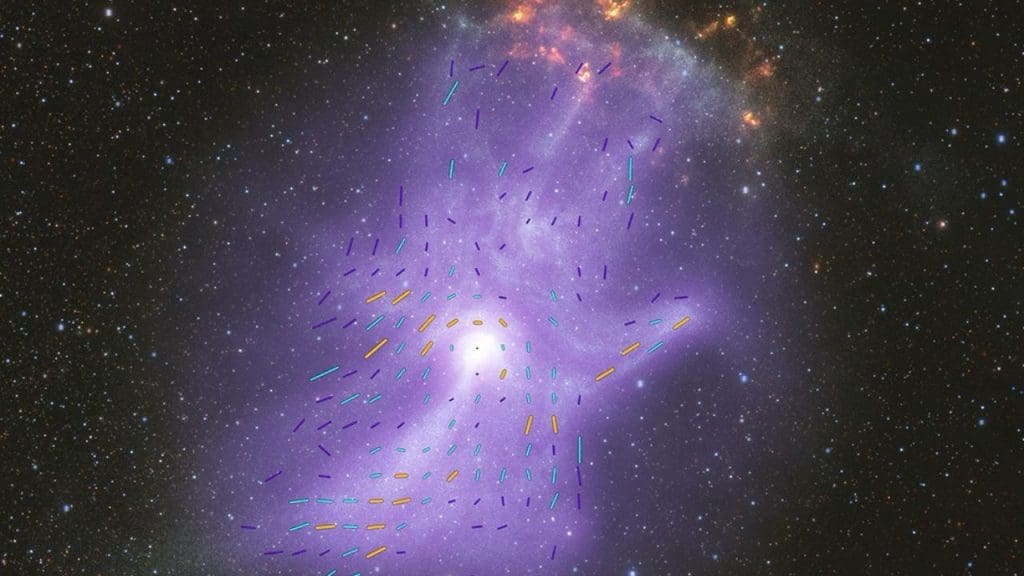
This discovery marks a significant advancement in black hole research, providing new opportunities to explore these enigmatic objects. Understanding “heartbeat” signals can help refine existing astrophysical models, offering insights into the complexities of black hole dynamics. This knowledge can also inform studies of other cosmic phenomena, such as neutron stars and quasars, which exhibit similar emission patterns.
The implications of these findings for theories of gravity and relativity are profound. By studying the behavior of matter in extreme gravitational fields, scientists can test the predictions of Einstein’s general relativity more rigorously. The discovery of rhythmic emissions could also contribute to the study of gravitational waves, potentially revealing new information about the interplay between gravity and spacetime.
Future research directions are likely to focus on further investigating these signals and their origins. Planned missions, such as the James Webb Space Telescope and the European Space Agency’s Athena mission, could provide additional data to enhance our understanding of black holes. The development of new technologies, such as more sensitive detectors and advanced computational models, will also play a crucial role in advancing this field of study.
The Broader Cosmic Context
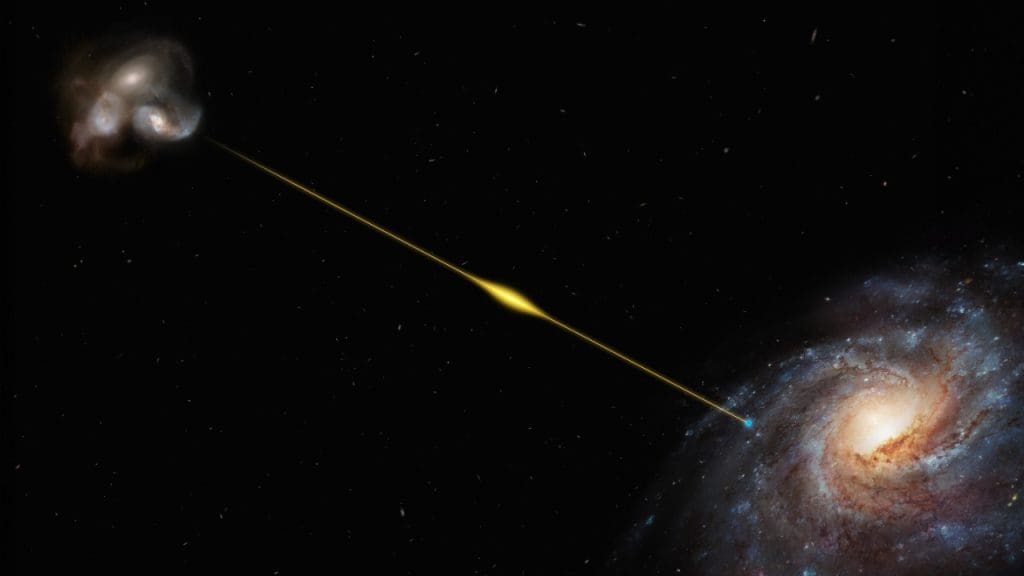
The discovery of “heartbeat” signals offers intriguing connections to other cosmic phenomena, such as fast radio bursts (FRBs). These brief, intense bursts of radio waves have puzzled scientists for years, and their potential link to black hole activity could provide new insights into their origins. By studying these phenomena in tandem, researchers may uncover common mechanisms driving these enigmatic cosmic events.
The proximity of this black hole to Earth makes the discovery particularly noteworthy. At just 1,000 light-years away, it is one of the closest known black holes, providing a unique opportunity to study these signals in detail. This proximity could also reveal information about other nearby cosmic structures, such as star clusters and nebulae, and their interactions with black holes.
Discoveries like these capture the public’s imagination and inspire further scientific inquiry. The prospect of unraveling the mysteries of black holes and their “heartbeats” has the potential to enhance public interest in space exploration and foster a deeper appreciation for the complexities of the universe. Engaging the public through outreach programs and educational initiatives can promote a broader understanding of these fascinating cosmic phenomena.
Challenges and Controversies
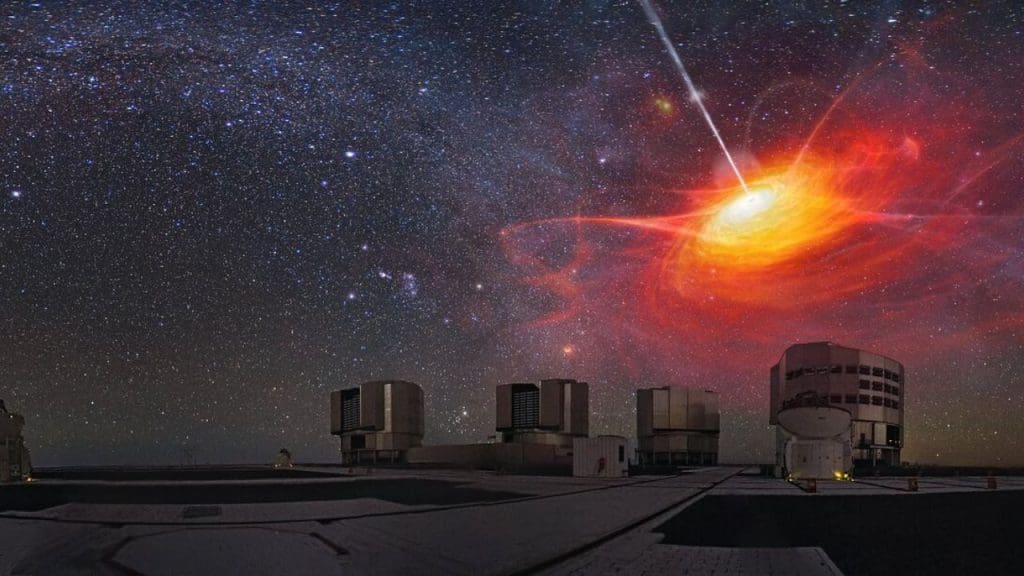
The detection and interpretation of “heartbeat” signals are not without their challenges. Scientists face technical limitations, such as the sensitivity of current instruments and the need to distinguish the signals from background noise. These constraints can hinder the accuracy of observations and the ability to draw definitive conclusions about the nature of these emissions.
Debates within the scientific community often arise when interpreting new findings. Some researchers may question the validity of the signals or propose alternative explanations for their origin. These differing opinions can lead to lively discussions and further investigations, ultimately contributing to a more nuanced understanding of black hole behavior.
As technology advances, ethical considerations become increasingly important. The development and deployment of new observational tools must consider their potential impact on the environment and society. Balancing the pursuit of knowledge with responsible practices is essential to ensure that the exploration of space remains sustainable and beneficial for all.